I first heard of the CLM Program through an email from a biology listserv from my school. The description for the opportunity was pretty short, but it sounded interesting, so I looked into it. I really liked what I saw from the website’s description. I applied not really knowing what to expect, which actually may have been the reason I had such a great experience. I was open to any opportunity that allowed me to work outdoors with California’s native plants. The coolest part of this program is that everyone’s experience is different and unique, so you can never be 100% sure about what to expect. Fortunately, the CLM coordinators do an excellent job at paring us up with an opportunity that matches our interests.
I remember how nervous I felt the first day of my internship. I had just arrived to Redding that night and didn’t even have access to the apartment I would be staying at yet, let alone the electricity in the apartment. I waited anxiously in my car until the office opened up. I had no idea what my mentor looked like and everyone looked like they could be him. Then, I saw someone walking towards me and he asked if I was Sonya, and that is how I met my mentor Chase. He introduced me to the office and some of the people there. I even got a small tour of some of the BLM lands that I would be working at during my internship. After work, I headed over to my home for the next five months. It looked way too big for my small amount of belongings. Since I didn’t have my electricity set up yet, I had a cold shower that night. That’s when I realized I probably should have prepared better for this… The rest of my first week was very nice; I went to the employee meeting where I was formally introduced to the rest of the staff and got a tour of the different BLM areas I would be working in.
My mentor was great at letting us do our own thing. He trusted us and gave us the freedom to do what we most desired and what we found to be important. He didn’t dictate a list of things for us to do; instead he gave us suggestions on what could be done and allowed us to decide what we wanted to focus on. He was always there when we had questions, needed advice, or just wanted to brainstorm ideas of what to do next. His methods/approach with handling us interns allowed me to grow a lot as a person. I learned to plan ahead, be creative with ideas, and have the confidence to communicate plans and updates.
I have so many precious memories of Redding. I was able to do a variety of activates and enjoyed each and every one of them. I’ve collected all kinds of native seeds from three different counties –Shasta, Trinity, and Tehama- and cleaned some seeds, planted native plants in restoration areas, helped conduct mussel surveys in the Sacramento river as well as other wildlife, collected data for an elderberry survey that was part of a mitigation project, helped with nighttime owl surveys, helped set up wildlife tracker cameras, removed invasive weeds using herbicide and sheer force, helped with vegetative inventories –marking invasive weeds along the Sacramento River, maintained a greenhouse full of native plants, led groups of youth in planting native seeds at the greenhouse, helped prepare a site for restoration (mowing, placing or removing tree tubes, making cages for the grown oak seedlings to keep deer away long enough for them to grow, and tilling), went on an office river float in Trinity river, and much more!
I definitely enjoyed my internship. Through this experience, I feel that I have grown both personally and professionally. I came into the program knowing I enjoyed working with native plants and restoration, but not really knowing how I wanted to apply those interests to finding a job/career. Thanks to this program, I have a better idea of how and where I can utilize my skills. I have also further developed important skills that all tie into being an efficient, reliable, and knowledgeable employee. I was able to feel integrated in a professional setting and experience the dynamic of the work environment. I met lots of great people, developed my professionalism, and gained personal independence. I will never forget the city of Redding and the people I have met. While I am very sad to leave the BLM -the office where I have finally grown comfortable in- I am happy and excited to see what opportunities lay ahead. I know there is a lot of learning ahead of me and I can’t wait to further expand my knowledge and skills.
A few bullets of advice for future BLMers:
**Try not to isolate yourself. Be a part of as many meetings as you can so that you feel a part of the office environment and later know who to coordinate with in order to get your job done
**Set goals for yourself or small projects that you can see yourself accomplishing and stick to them
**Keep a journal of your activities, to-do lists, hours worked, etc. so you can look back at them in the future
**Spend a good amount of time staring at a map and getting familiar with main streets etc.
***Take tons of pictures!!
Farewell Redding, you will be missed!!
*Sonya Vargas
-
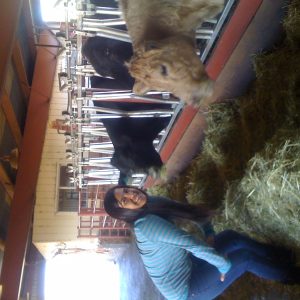
-
visiting the animals at Shasta community college
-
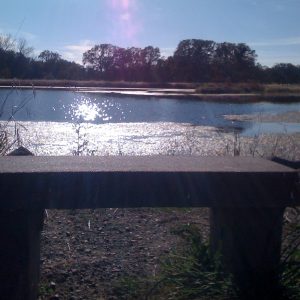
-
serene view of Bass pond
-
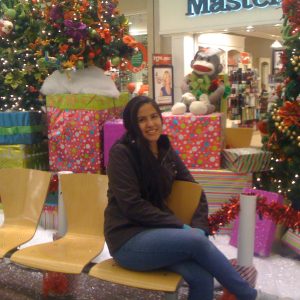
-
Shasta mall decorations!
-
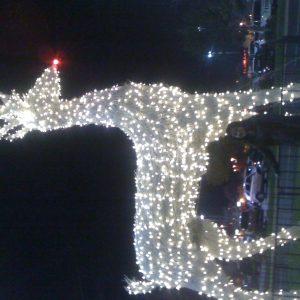
-
Rudolph!!!
-
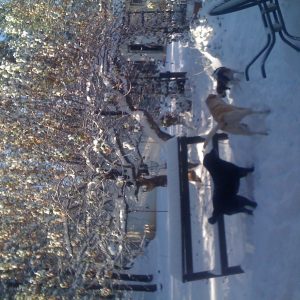
-
Snow Day!!
-
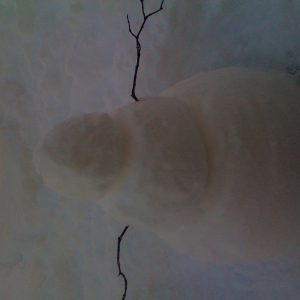
-
The beginning of my snowman!
-
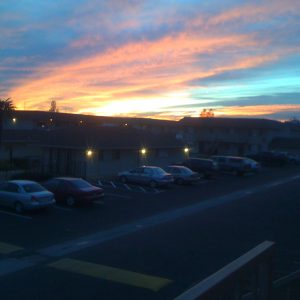
-
Beautiful December sun set
-
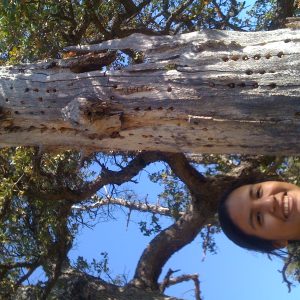
-
Storing tons of acorns!
-
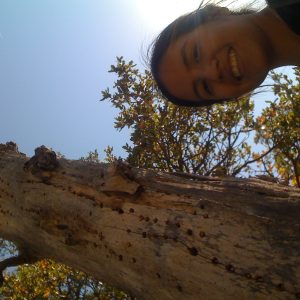
-
Woodpecker’s acorn cubbies!
-
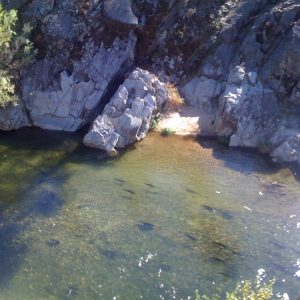
-
Gorgeous view
-
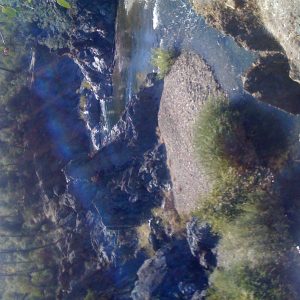
-
Salmon breeding
-
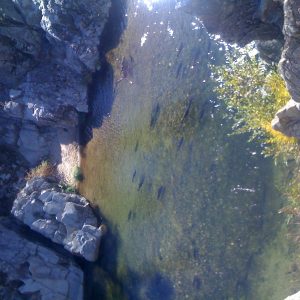
-
Clear Creek Gorge
-
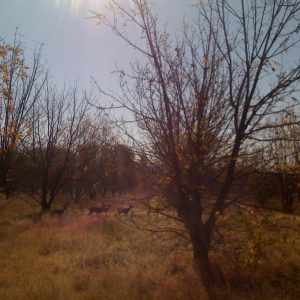
-
Deer family!
-
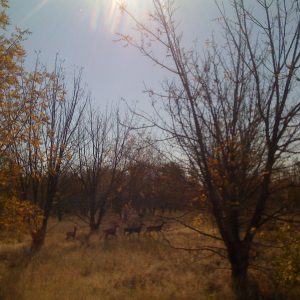
-
Deer Family!
-
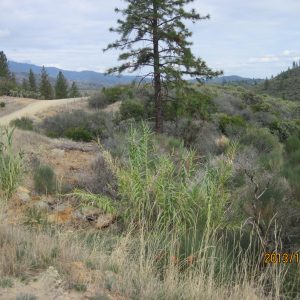
-
Arundo before
-
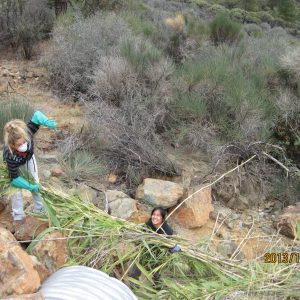
-
Arundo during
-
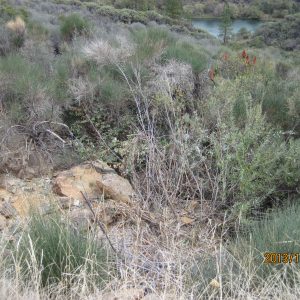
-
Arundo after removal!! 🙂




























